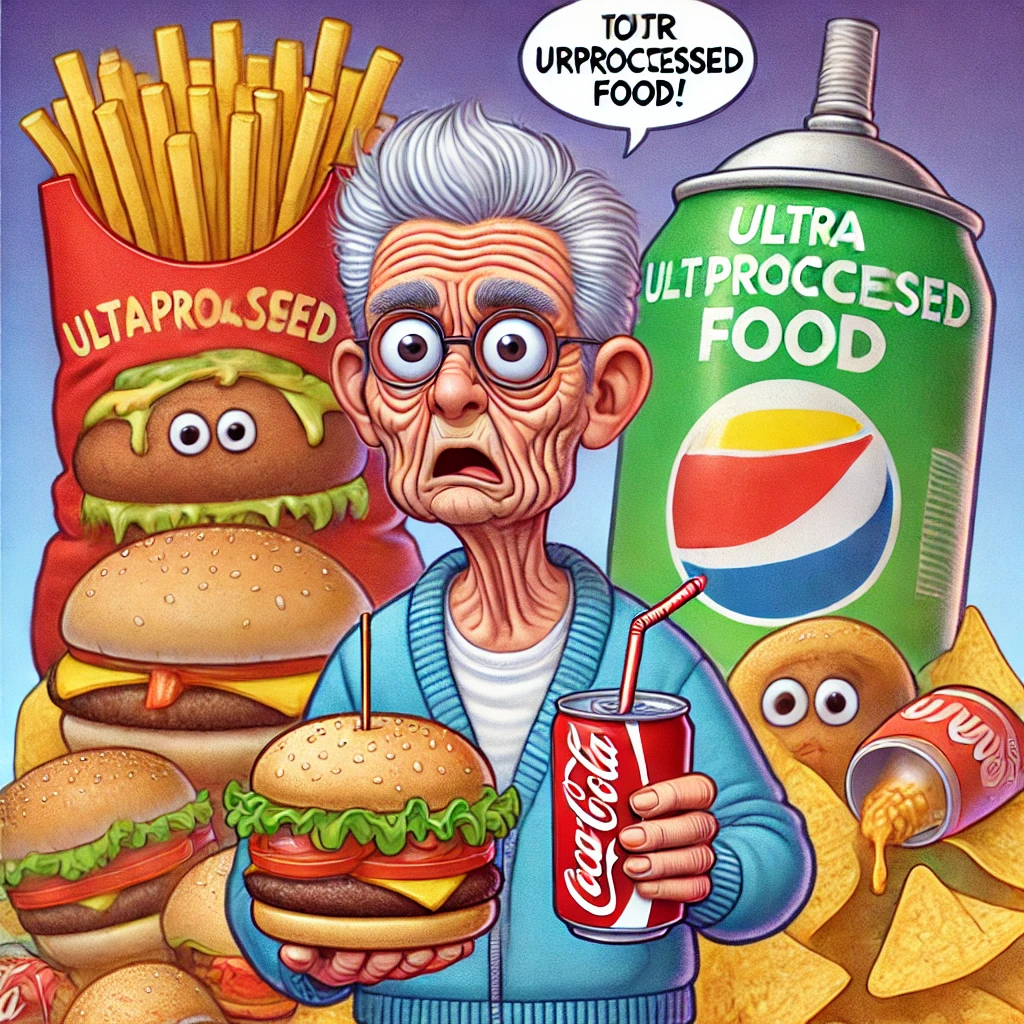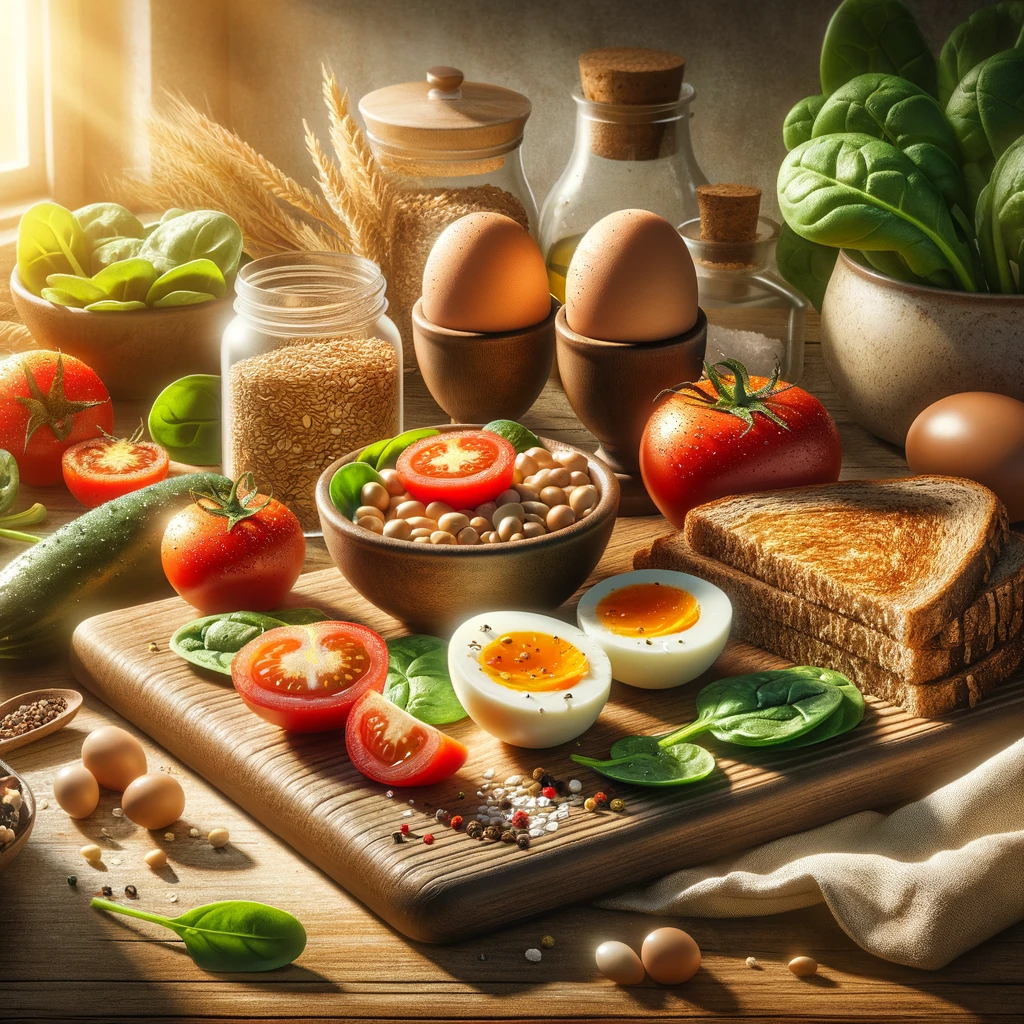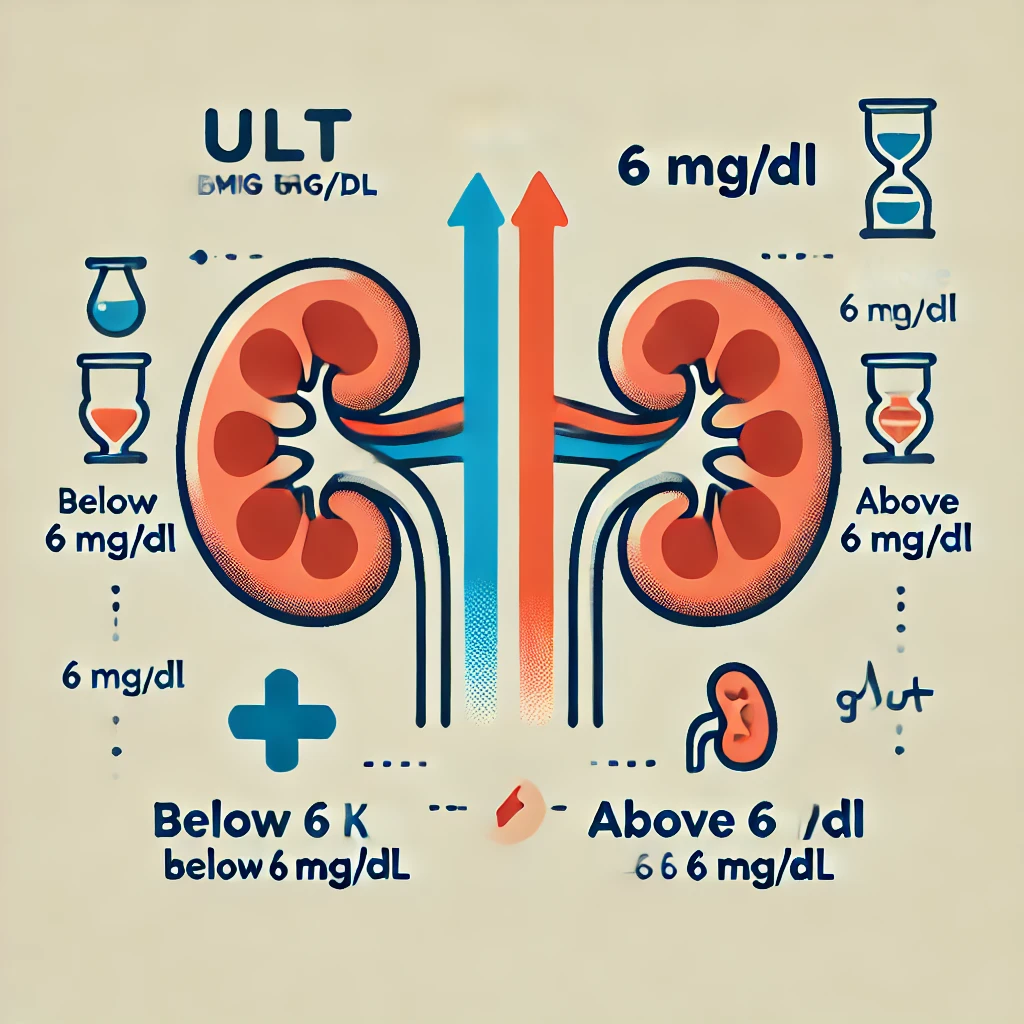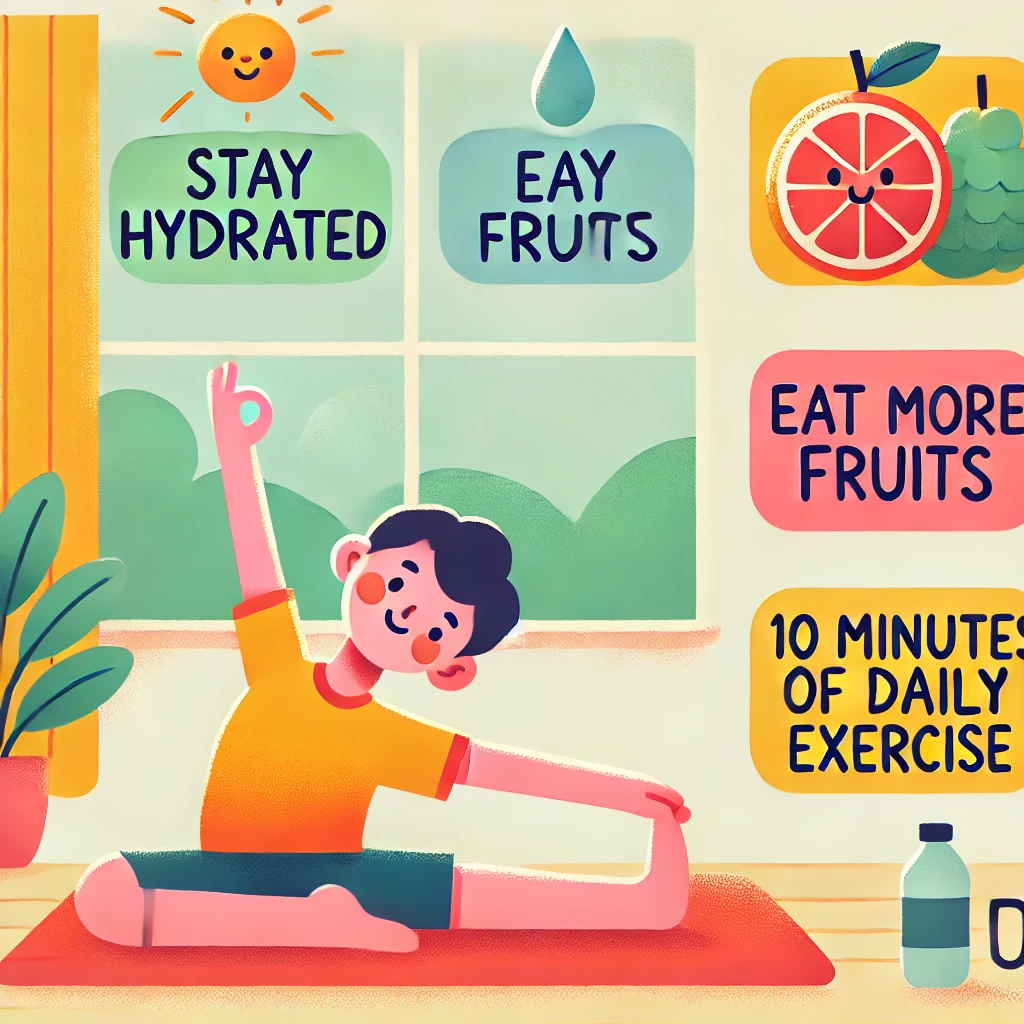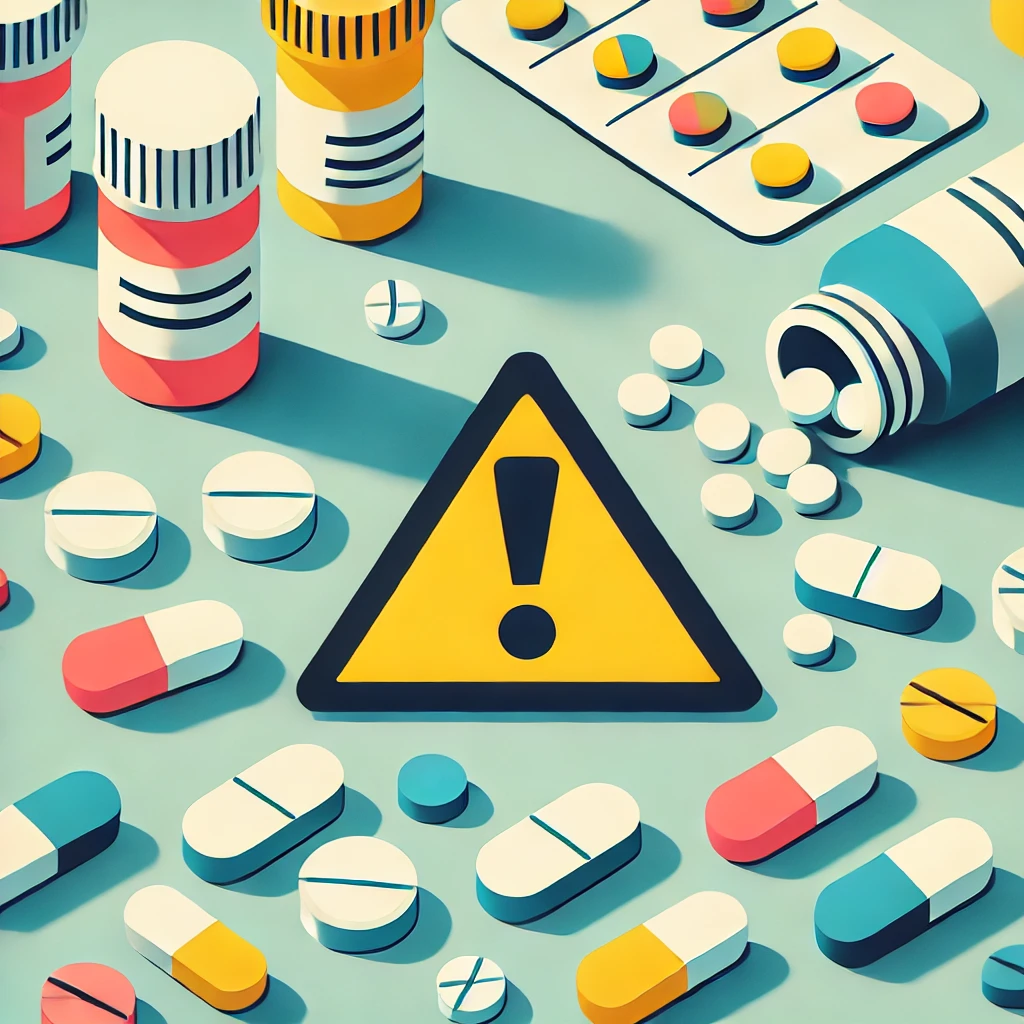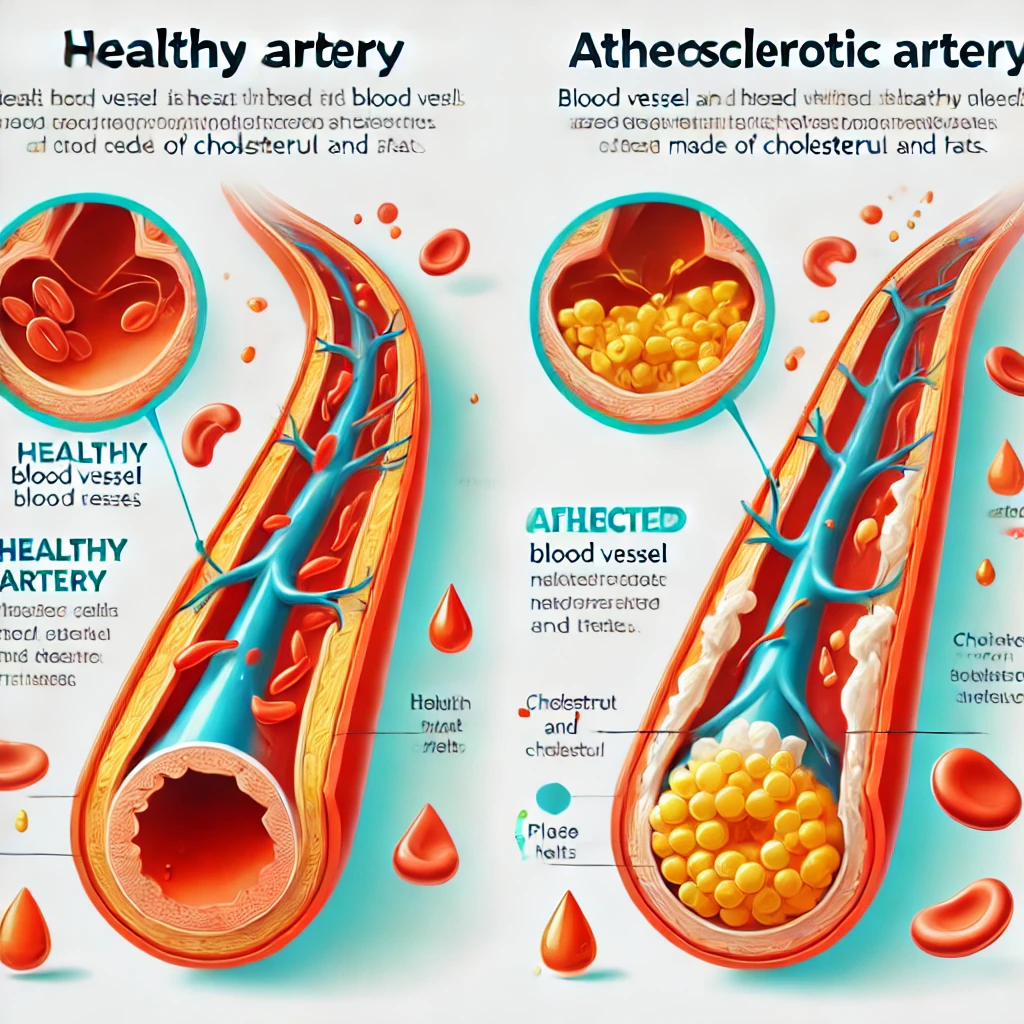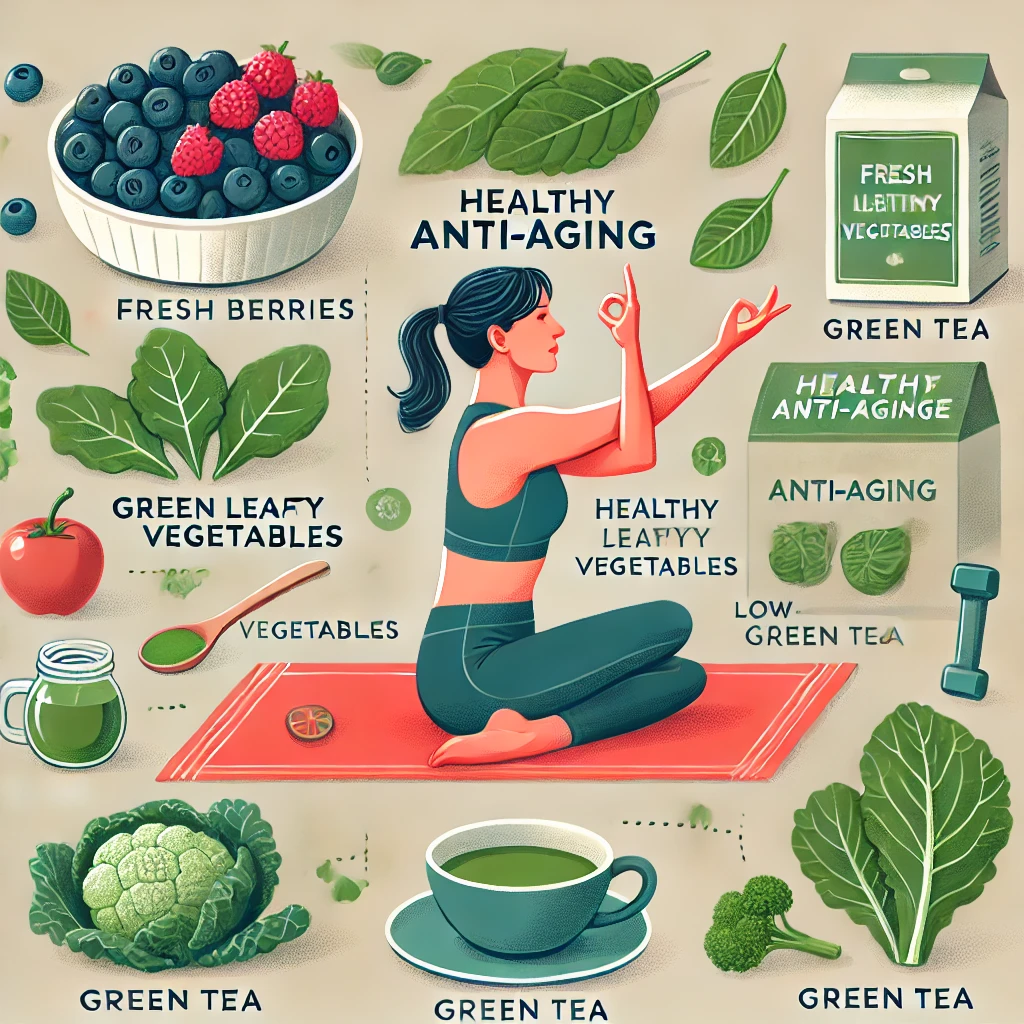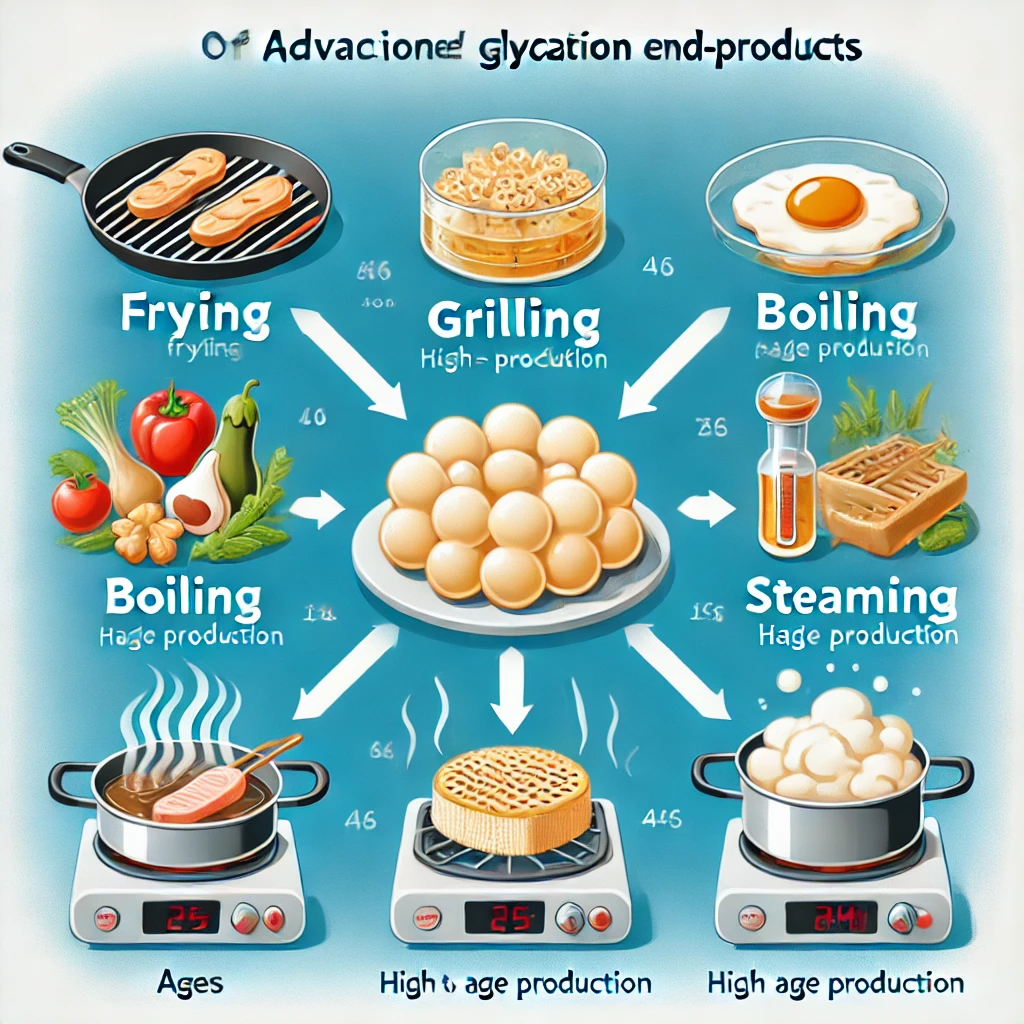Ultraprocessed Foods and Accelerated Biological Aging: What Recent Studies Reveal
The Impact of Ultraprocessed Foods on Health Ultraprocessed Foods, Recent studies suggest that the consumption of ultraprocessed foods (UPFs) can accelerate biological aging. Ultraprocessed foods undergo extensive industrial processing and often contain preservatives, artificial colors, sweeteners,… Ultraprocessed Foods and Accelerated Biological Aging: What Recent Studies Reveal
